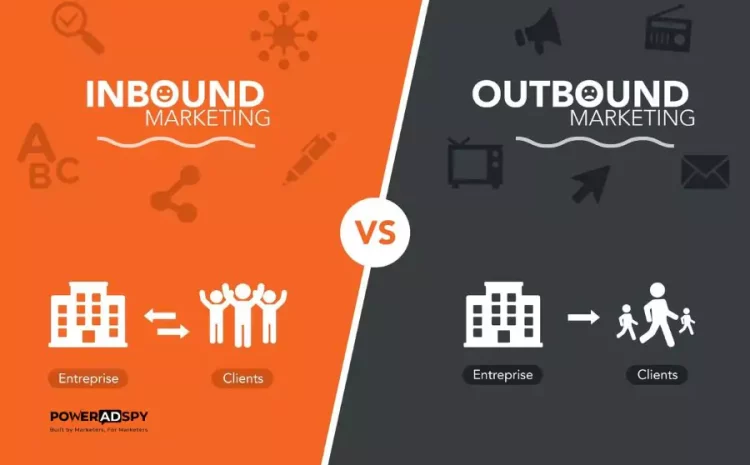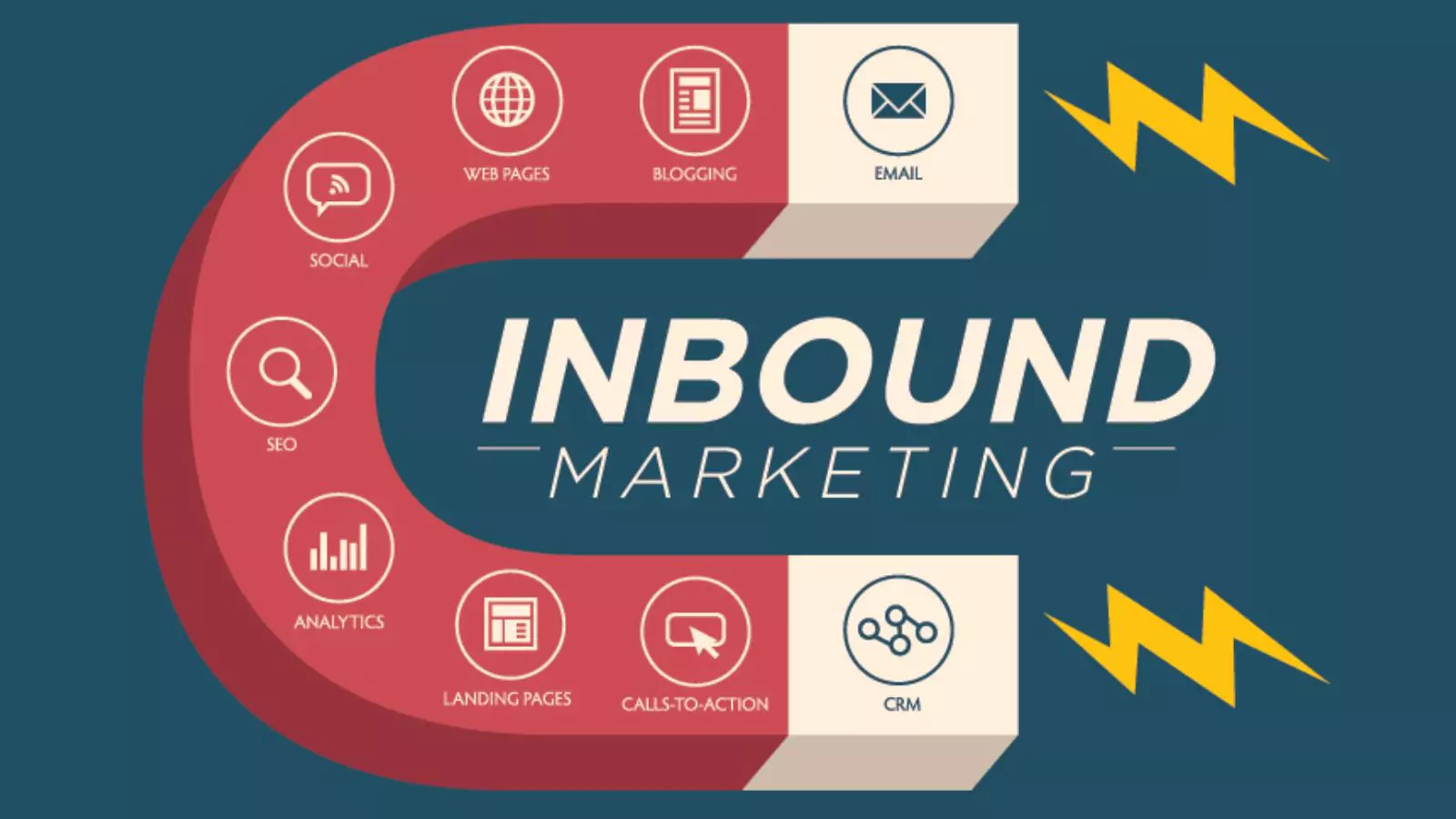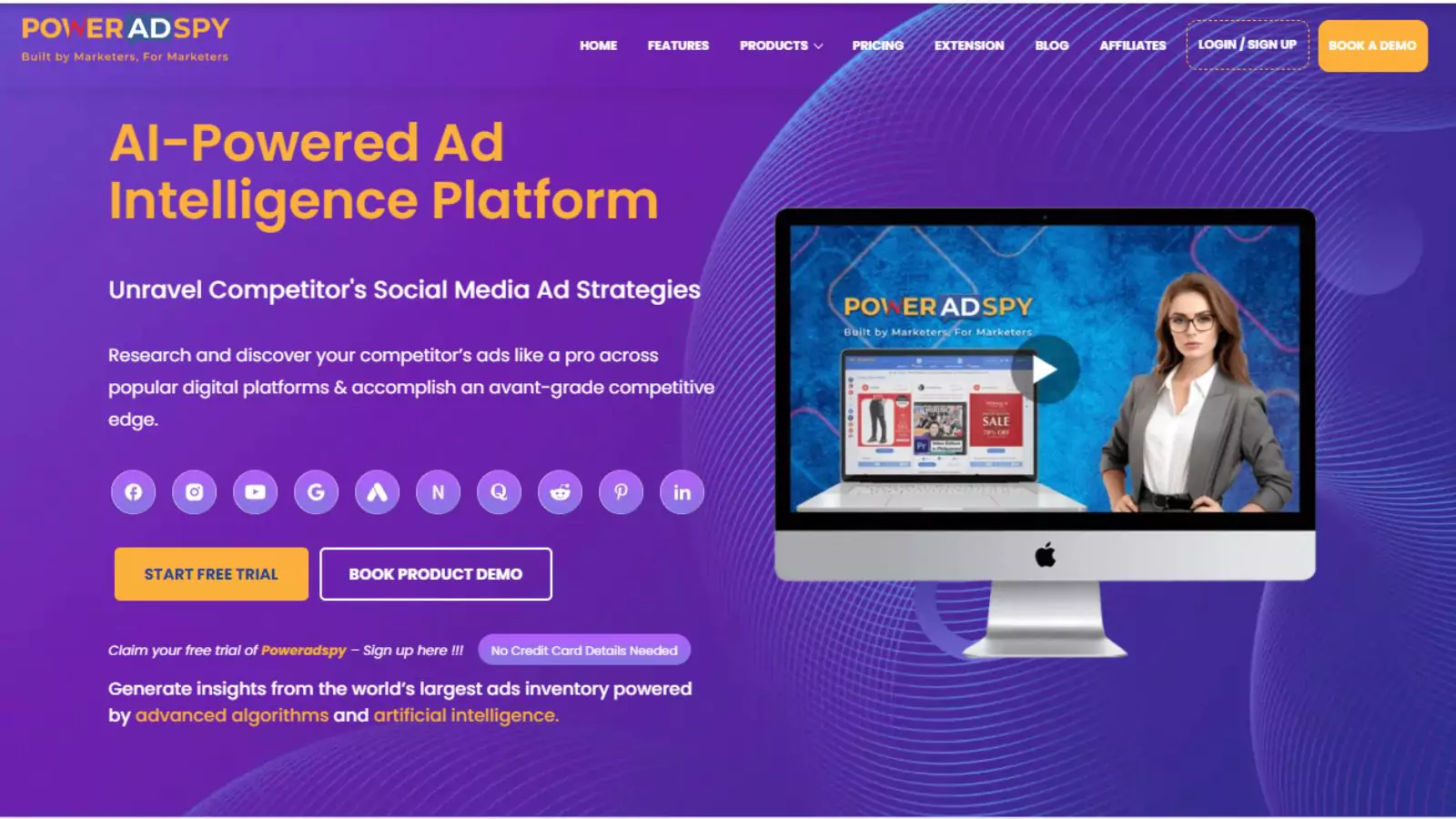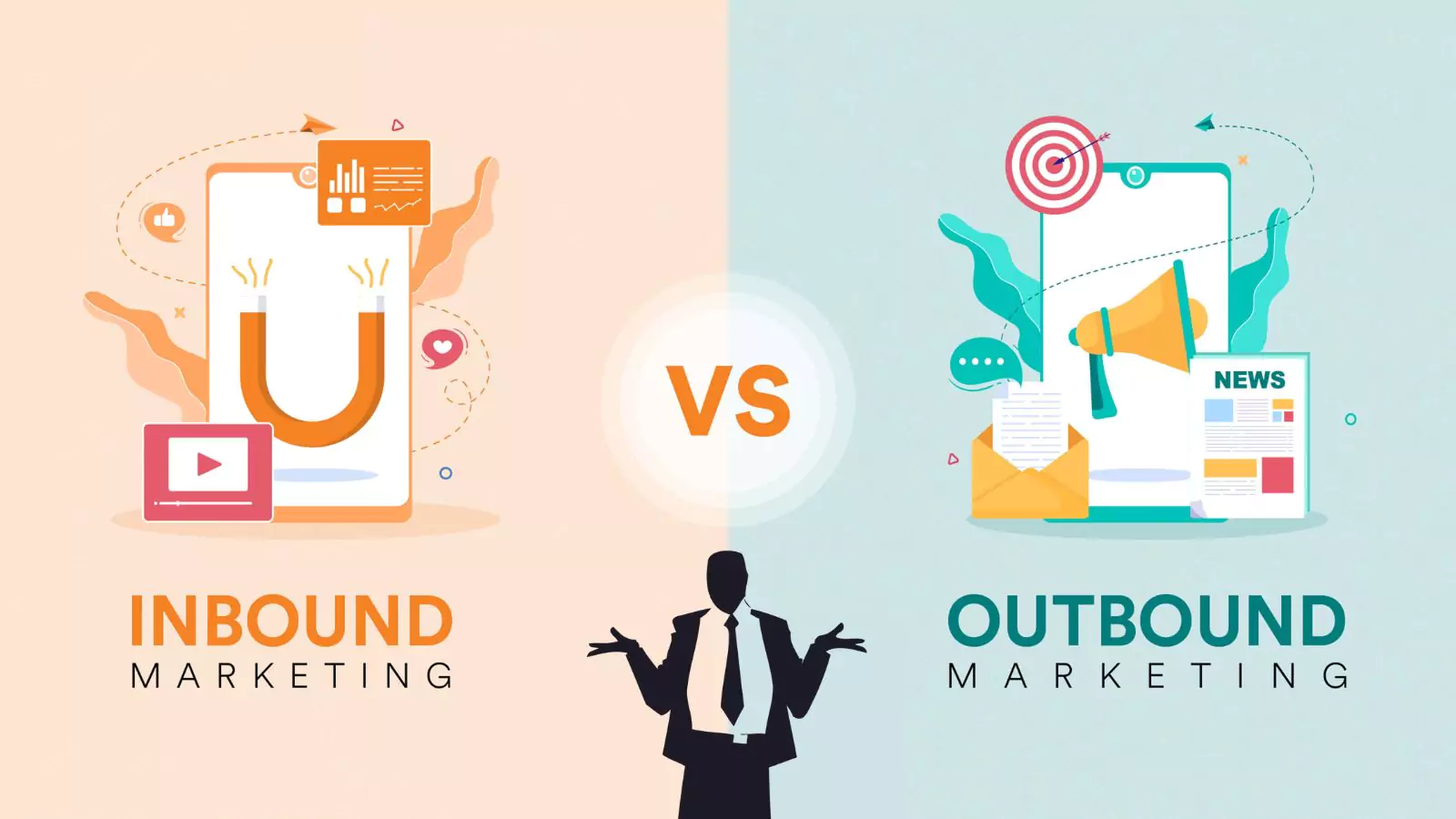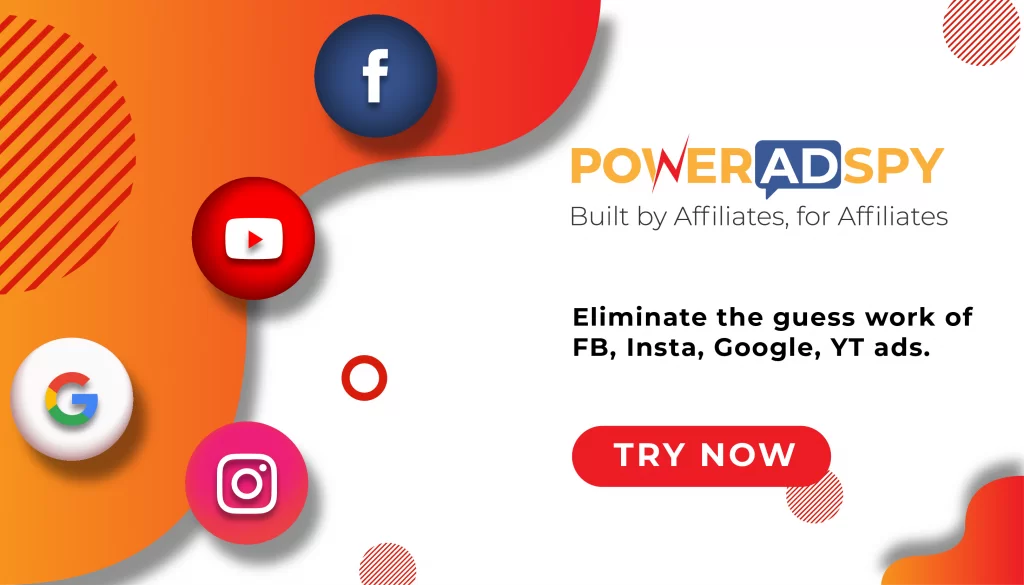Inbound vs Outbound Marketing – What You Need to Know
Have you ever wondered how businesses grab your attention? Well, there are two key players in this game: Inbound vs Outbound marketing.
Imagine this: You’re scrolling through your favorite social media platform, and suddenly you come across a product that- seems to know exactly what you need. Or, picture yourself receiving an email that sparks your interest in a new service. These are just two sides of the marketing coin – Inbound and Outbound.
In this blog, we’re going to disclose the mystery behind these approaches and help you understand how businesses reach out to you.
So, which marketing strategy do you think works best for capturing your interest – the one that pulls you in or the one that- reaches out to you directly? Let’s dive in and learn about- what is inbound and outbound marketing.
Listen To The Podcast Now!
What Is Inbound Marketing?
Inbound marketing is a modern approach to marketing that focuses on attracting, engaging, and delighting potential customers through the creation and distribution of valuable, relevant, and consistent content.
The goal of inbound marketing is to build relationships with the audience and guide them through the buyer’s journey, from awareness to consideration to decision-making and, ultimately, to become loyal customers.
Key Principles And Characteristics Of Inbound Marketing Include:
- Content Creation: Inbound marketing relies heavily on creating high-quality, informative, and relevant content that addresses the needs and interests of the target audience. This content can take various forms, such as blog posts, articles, videos, podcasts, social media posts, and more.
- Permission-based: In between inbound vs outbound marketing, inbound marketing seeks to engage with potential customers in a way that respects their preferences. Rather than interrupting with unsolicited messages, it aims to attract individuals who have shown interest or are actively seeking information related to the products or services offered.
- Two-way Communication: Inbound marketing encourages open and interactive communication between the business and the audience. Social media, comments on blog posts, and other engagement channels provide opportunities for ongoing conversations.
- Personalization: Inbound marketing often involves tailoring content and communication to specific segments of the audience. This personalization helps deliver more relevant messages, increasing the likelihood of connecting with potential customers.
- Use of Digital Channels: Inbound marketing heavily leverages online and digital channels, including websites, search engine optimization (SEO), social media platforms, email marketing, and other online tools, such as PowerAdSpy, to reach and engage the target audience.
- Lead Generation and Nurturing: Inbound marketing is focused- on lead generation by attracting potential customers and then nurturing those leads through the sales funnel. This nurturing involves providing additional valuable content and guiding prospects toward a purchasing decision.
- Analytics and Measurement: Analytics and Measurement: Inbound marketing prioritizes data and analytics for campaign effectiveness assessment. Marketers leverage tools like PowerAdSpy to track metrics such as social media engagement and demographics, then refine strategies accordingly.
By choosing inbound marketing- businesses aim to create a friendly and informative experience for potential customers, fostering stronger brand loyalty and satisfaction. It contrasts with outbound marketing, which relies on more traditional and interruptive methods to reach a broad audience. With tools like PowerAdSpy, businesses can improve their outbound efforts by gaining insights into competitor strategies, helping them- refine their approach to better resonate with customers.
However, by considering the differences between inbound vs outbound marketing- businesses can enhance their strategy.
PowerAdSpy: Ad Intelligence Tool
It is the game-changing ad intelligence tool designed to supercharge your marketing endeavors and provides valuable insights into advertising campaigns across multiple platforms, helping users gather data and refine their marketing strategies.
PowerAdSpy can assist in both inbound vs outbound marketing strategies:
Inbound Marketing:
PowerAdSpy helps identify successful inbound ad campaigns by analyzing their content, targeting, and engagement metrics. This information can guide the creation of- compelling content and targeted ads to attract and engage potential customers actively seeking information.
- Content Ideation: PowerAdSpy provides a wealth of data on successful ad campaigns across various platforms. Marketers can use this information to brainstorm new content and marketing ideas that resonate with their target audience. By analyzing the ad creatives, copywriting styles, and visual elements that generate high engagement, marketers can tailor their content to capture attention and drive traffic.
- Audience Targeting: Understanding the audience is crucial for inbound marketing success. PowerAdSpy allows marketers to explore the targeting parameters used in successful ads, including demographics, interests, behaviors, and more. By identifying the characteristics of their ideal customers, marketers can refine their targeting strategies to reach the right audience with their content and ads.
- Engagement Monitoring: PowerAdSpy not only helps identify successful ad campaigns but also provides insights into their performance metrics, such as likes, shares, comments, and click-through rates. Marketers can monitor the engagement levels of competitor ads to gauge audience interest and sentiment. This data can inform adjustments to their own content and ad strategies to better engage potential customers.
Outbound Marketing:
For outbound marketing, PowerAdSpy aids in competitor analysis, revealing the types of ads and messaging that resonate with broad audiences. This insight enables marketers to craft effective outbound campaigns that appeal to a wider demographic, even those not actively seeking information, thereby enhancing efforts.
- Competitive Analysis: PowerAdSpy offers comprehensive insights into competitor ad strategies, allowing marketers to dissect their messaging, offers, and creative elements. By analyzing competitor ads across various platforms, marketers can identify trends, gaps, and opportunities in the market. This intelligence enables them to differentiate their outbound campaigns and position their products or services effectively against competitors.
- Ad Placement Strategy: Beyond just analyzing ad content, PowerAdSpy provides information on where competitor ads are being displayed and how they are positioned within the digital landscape. Marketers can leverage this data to refine their ad placement strategies and maximize visibility across relevant channels.
- Ad Performance Benchmarking: PowerAdSpy allows marketers to benchmark their outbound ad performance against competitors within their industry or niche. By comparing key metrics such as reach, engagement, and conversion rates, marketers can assess their campaign effectiveness and identify areas for improvement. This competitive benchmarking can drive optimization efforts to enhance the ROI of outbound marketing initiatives.
PowerAdSpy serves as a valuable tool for marketers looking to gain a competitive edge in both inbound and outbound marketing by providing actionable insights derived from competitor analysis and ad performance monitoring.
What Is Outbound Marketing?
Outbound marketing refers to traditional marketing strategies where a company initiates the conversation and sends its message out to a broad audience in the hope of generating- leads or sales. This type of marketing is often associated with more traditional forms of advertising and promotion.
Key Characteristics Of Outbound Marketing Include:
- Interruptive Nature: Outbound marketing typically interrupts the audience with its message. Examples include TV and radio commercials, print advertisements, direct mail, and cold calling.
- One-way Communication: The communication in outbound marketing is primarily one-way, from the business to the audience. The business pushes its message without necessarily knowing if the audience is interested or receptive.
- Mass Marketing: Those who are beginners in marketing often- get confused about inbound vs outbound marketing. They tend to replace inbound with outbound and vice-versa. One such scenario is mass marketing.
So, to clarify, outbound marketing performs mass marketing. It targets a large audience without necessarily tailoring the message to specific individuals or segments. It can result in a lower level of personalization compared to inbound marketing.
Despite potentially reduced personalization, its comprehensive features facilitate the identification and analysis of ads reaching diverse audiences, aiding in strategic decision-making and competitive analysis.
Common Outbound Marketing Examples Are:
- TV and radio commercials
- Print advertisements (newspapers, magazines)
- Direct mail
- Telemarketing
- Trade shows and events
- Email marketing (though it can be both outbound and inbound depending on the approach)
While outbound marketing can still be effective in certain contexts, there has been a shift in recent years toward the differences and comparisons between inbound vs outbound marketing. Here is a section dedicated to inbound and digital marketing strategies.
Outbound Vs. Inbound Marketing: Key Differences Explained
Outbound vs inbound marketing are two contrasting approaches to reaching and engaging with an audience. Here are the key differences between inbound and outbound marketing:
The core distinction between inbound vs outbound marketing lies in their audience engagement strategies. Inbound marketing revolves around attracting potential customers based on their interests or pain points, while outbound marketing involves actively pushing messages to them.
Inbound marketing is education-focused, whereas outbound marketing aims to raise awareness. While both approaches have their merits, the decision of which to use depends entirely on your goals.
Outbound marketing is more traditional and interruptive, while inbound marketing is a more customer-centric, permission-based, and content-driven approach that seeks to build lasting relationships with the audience.
However, in today’s digital landscape, inbound marketing stands out for its ability to leverage product and customer insights, fostering deeper connections with consumers compared to traditional outbound methods.
Read More
What Is The Key Role Of A Lead Generation In Marketing?
9 Creative Marketing Ideas For Beginners In Digital Marketing
Inbound Vs Outbound Marketing For Your Business? Which One To Choose?
The decision to prioritize inbound vs outbound marketing or to embrace an integrated marketing approach- depends on various factors. Here are some considerations to help you make an informed decision:
Business Goals:
- Inbound Marketing: Ideal for businesses focused on building long-term relationships, brand loyalty, and providing valuable content throughout the customer journey. It is effective for lead generation, nurturing, and establishing authority in your industry.
- Outbound Marketing: Suitable for businesses looking for quick results and brand visibility. It can be effective for promoting special offers, events, or time-sensitive campaigns.
Target Audience:
- Inbound Marketing: Ideal for audiences inclined towards research and informed decisions, reflecting the behavior of modern consumers. Ad intelligence tools such as PowerAdSpy enhance insight into their online search behavior.
- Outbound Marketing: Effective for a broader audience, including those less proactive in seeking information but receptive to persuasive messaging.
Industry Type:
- Inbound Marketing: Particularly effective in industries where educational content, thought leadership, and relationship-building play a significant role. Common in technology, SaaS, and service-oriented industries.
- Outbound Marketing: This can be effective in industries where brand visibility and immediate action are crucial, such as retail, e-commerce, and events.
Budget Considerations:
- Inbound Marketing: This may require an upfront investment in content creation, SEO, and digital channels. Results may take time to materialize, but they often provide a higher return on investment over the long term.
- Outbound Marketing: This can offer quicker results but may require a substantial budget for advertising, especially in traditional channels like TV or radio.
Integrated Marketing:
- Advantages: Combines the strengths of both inbound and outbound approaches, creating a holistic and consistent brand presence. This approach acknowledges that consumers interact with brands through multiple touchpoints, both online and offline.
- Challenges: Requires careful coordination and alignment of messaging across various channels. It may also demand a versatile marketing team capable of managing digital and traditional marketing strategies.
Brand Building:
- Inbound Marketing: Strong for building a brand’s authority, credibility, and trust over time through valuable content and engagement.
- Outbound Marketing: Effective for creating immediate brand visibility and awareness, especially in the early stages of business development.
Ultimately, the choice between inbound vs outbound marketing or integrated marketing depends on your unique business circumstances. Many successful businesses adopt an integrated marketing strategy that leverages the strengths of both approaches, recognizing the importance of a cohesive and omnichannel brand presence in today’s competitive landscape. Regularly reviewing and adjusting your marketing strategy based on performance and changing market conditions is also essential for sustained success.
Wrapping Up
Understanding the dynamics of inbound vs outbound marketing is crucial for crafting a comprehensive strategy. While inbound tactics leverage content and attraction, outbound strategies involve proactive outreach.
Finding the right balance for your business is key, as each approach has its merits. Embrace the power of inbound for organic growth and audience engagement, complemented by outbound methods to reach a broader audience.
Ad spy tool like PowerAdSpy can boost both inbound and outbound marketing efforts, offering invaluable insights into competitor ad strategies.
The evolving marketing landscape requires adaptability, and integrating both approaches can amplify your brand’s reach and impact.
Ultimately, a well-rounded strategy that combines inbound and outbound marketing strategies will ensure a robust and effective marketing plan for sustainable success.

